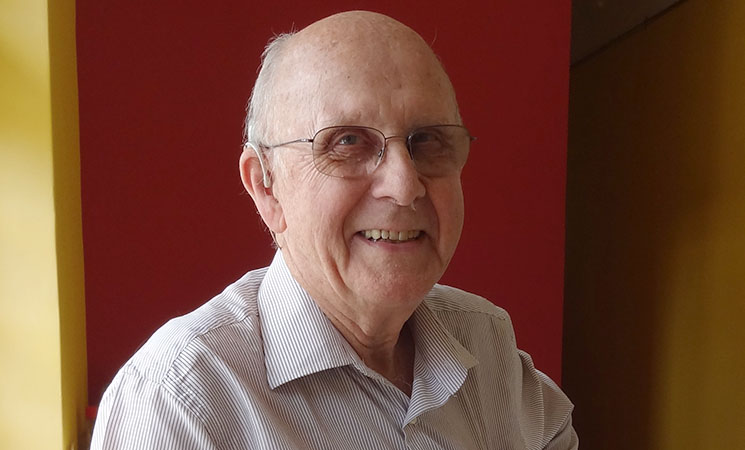Glenn Vilppu: mastering the art of visual composition

Glenn Vilppu has taught drawing techniques for more than 50 years and is highly regarded as a mentor in the Hollywood animation industry. On 3-4 December 2016, Glenn was in Singapore to teach a Visual Composition masterclass organised by CG Protégé and supported by e2i. In a casual interview session, he talks about making his transition from painting to animation and shares some of his teaching methods.
How did you begin your animation career?
Before working in the animation industry, I was a painter for about 27 years. During my time as a student, I taught painting and even had my own school for a while. However, I was working on too many things, and at age 40, I decided to switch to a full-time job. That was when one of my students said to me, “Disney is always looking for people who can draw.” I did not have any experience in animation, but I had an established drawing portfolio and a lot of my students were working there. When I started working at Disney, I was asked to draw from my imagination. As a painter, this was something that I am used to doing, therefore the transition felt natural.
In your opinion, is drawing an ability that anybody can master?
If a person wants to learn how to draw, and is willing to put in the time to practise drawing, he can succeed in it. He also has to enjoy the process of learning how to draw. In my classes, I often teach a diverse group: there are students who do not have any drawing abilities, and there are also drawing instructors and professionals. I think that the difficulties in learning how to draw are more psychological than technical.
Tell us more about the Visual Composition masterclass that you taught at CG Protégé.
In this masterclass, I teach composition based on movement, human expressions, attitudes and body language. These are some aspects that students may not have learnt in a standard design class. For example, if you look at Renaissance Art, the artworks are all about storytelling. Renaissance artists are always showing movement: how one thing moves to the next, which I refer to as ‘narrative composition’. In a narrative composition, there is a human and subjective quality that emphasises how people look at and react to the drawing. For this masterclass, I have simplified the technique into a series of icons that explains basic tools which the artists have to do to achieve movement in a composition.

What are some of the tools that you use?
I use a selfie stick to record videos of my sketches. In my classes, I use the Procreate app on my iPad Pro. When I’m teaching in class, my drawings are projected on a screen. The app captures my pen strokes and I can breakdown the drawing into the different steps that I went through during the class. At the end of the class, I share those drawings with the students, so they have video tutorials to review. I make use of technology all the time!
About CG Protégé
CG Protégé Animation School started conducting WSQ accredited training programmes since 2008.



